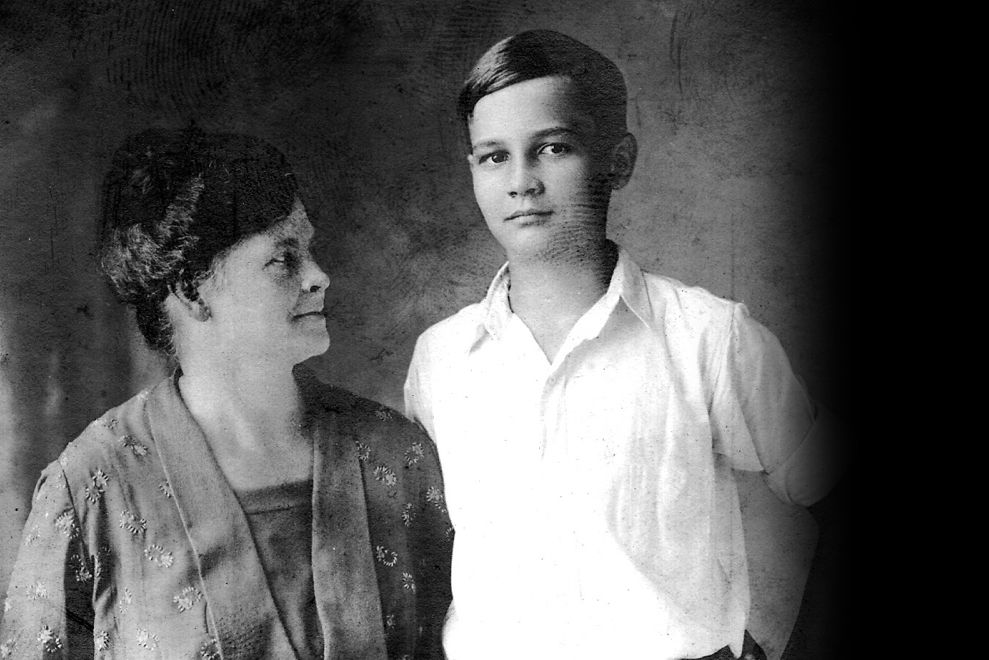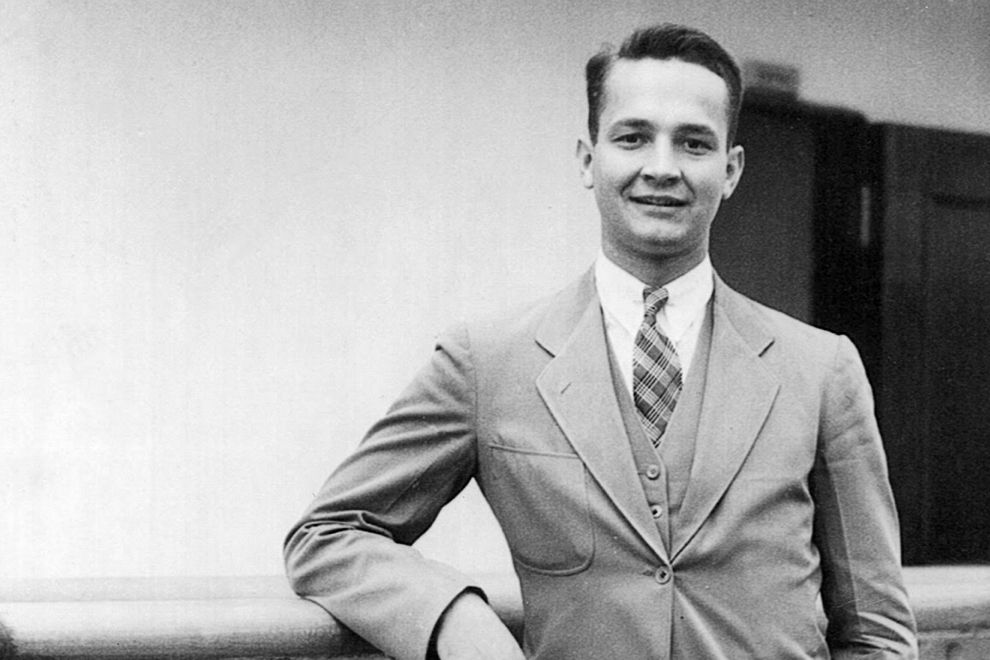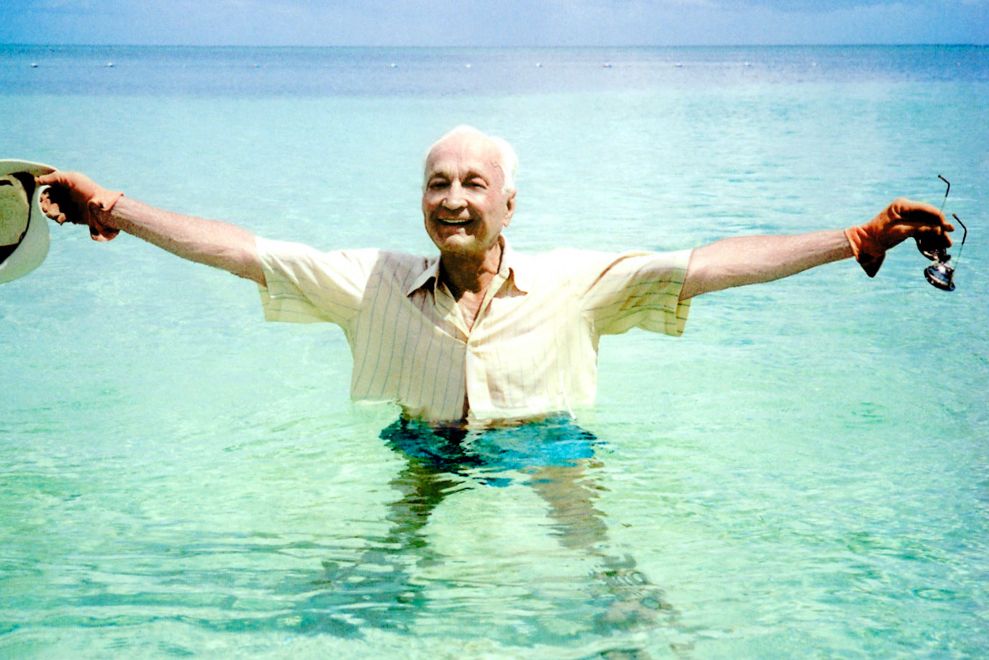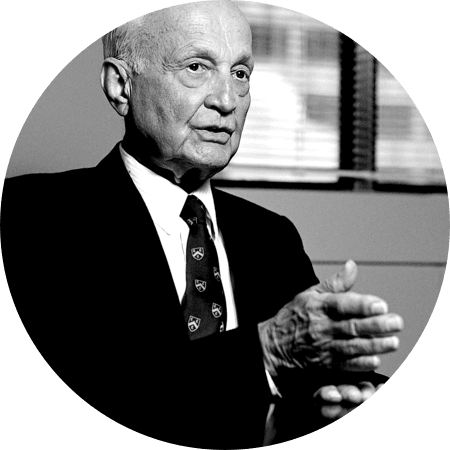As a pioneer in both financial investment and philanthropy, the late Sir John Templeton spent a lifetime encouraging open-mindedness.
IF HE HAD NOT SOUGHT NEW PATHS, he once said, “I would have been unable to attain so many goals.” The motto that Sir John created for his Foundation, “How little we know, how eager to learn,” exemplified his philosophy both in the financial markets and in his groundbreaking methods of philanthropy.

1912 - 1936
John Marks Templeton was born on November 29, 1912, in the small town of Winchester, Tennessee.
He followed in his brother’s footsteps and attended Yale University, supporting himself during the Depression and graduating in 1934 near the top of his class and as President of Phi Beta Kappa. He was named a Rhodes Scholar to Balliol College at Oxford, from which he graduated with a degree in law in 1936.

1937 - 1971
Templeton started his Wall Street career in 1938 and went on to create some of the world’s largest and most successful inter- national investment funds.
He took the strategy of “buy low, sell high” to an extreme, picking nations, industries, and companies hitting rock-bottom, what he called “points of maximum pessimism.” When war began in Europe in 1939, he borrowed money to buy 100 shares each in 104 companies selling at one dollar per share or less, including 34 companies that were in bankruptcy. Only four turned out to be worthless, and he turned large profits on the others. Templeton entered the mutual fund industry in 1954, when he established the Templeton Growth Fund.

1972 - 2008
In 1972, he established the world’s largest annual award given to an individual, the Templeton Prize, which honors a living person who has made an exceptional contribution to affirming life’s spiritual dimension.
Its monetary value, currently £1,100,000, always exceeds that of the Nobel Prizes, which was Templeton’s way of underscoring his belief that advances in the spiritual domain are no less important than those in other areas of human endeavor. Templeton also contributed a sizable amount of his assets to the John Templeton Foundation, which he established in 1987. That same year, he was created a Knight Bachelor by Queen Elizabeth II for his many philanthropic accomplishments. (In the late 1960’s, he had moved to Nassau, the Bahamas, where he became a naturalized British citizen.)
